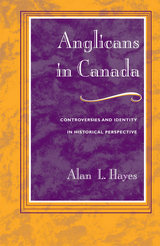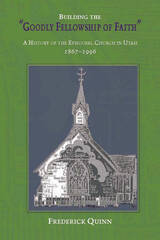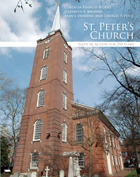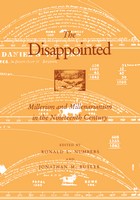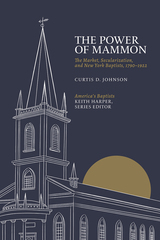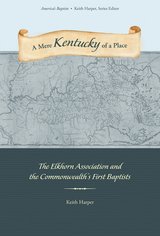Seventh-day Adventism in Crisis: Gender and Sectarian Change in an Emerging Religion
University of Illinois Press, 1999
Paper: 978-0-252-06744-0 | Cloth: 978-0-252-02434-4
Library of Congress Classification BX6115.V36 1999
Dewey Decimal Classification 286.73209
Paper: 978-0-252-06744-0 | Cloth: 978-0-252-02434-4
Library of Congress Classification BX6115.V36 1999
Dewey Decimal Classification 286.73209
ABOUT THIS BOOK
ABOUT THIS BOOK
As a "remnant of the remnant," Seventh-day Adventism's early years were distinguished by the leadership of women, most prominently the visionary and prophet Ellen White. However, after 1915 the number of Adventist women in leadership began a dramatic and uninterrupted decline that was not challenged until the 1980s.
Tracing the views of the church through its official and unofficial publications and through interviews with dozens of Adventist informants, Laura Vance reveals a significant shift around the turn of the century in women's roles advocated by the church: from active participation in the functioning, spiritual leadership, teaching, and evangelism of Adventism to an insistence on homemaking as a woman's sole proper vocation. These changes in attitude, Vance maintains, are inextricably linked to Adventism's shift from sect to church: in effect, to its maturation as a denomination.
Vance suggests that the reemergence of women in positions of influence within the church in recent decades should be viewed not as a concession to secular feminist developments but rather as a return to Adventism's earlier conception of gender roles. By examining changes in the movement's relationship with the world and with its own history, Seventh-day Adventism in Crisis offers a probing examination of how a sect founded on the leadership of women came to define women's roles in ways that excluded them from active public participation and leadership in the church.
Tracing the views of the church through its official and unofficial publications and through interviews with dozens of Adventist informants, Laura Vance reveals a significant shift around the turn of the century in women's roles advocated by the church: from active participation in the functioning, spiritual leadership, teaching, and evangelism of Adventism to an insistence on homemaking as a woman's sole proper vocation. These changes in attitude, Vance maintains, are inextricably linked to Adventism's shift from sect to church: in effect, to its maturation as a denomination.
Vance suggests that the reemergence of women in positions of influence within the church in recent decades should be viewed not as a concession to secular feminist developments but rather as a return to Adventism's earlier conception of gender roles. By examining changes in the movement's relationship with the world and with its own history, Seventh-day Adventism in Crisis offers a probing examination of how a sect founded on the leadership of women came to define women's roles in ways that excluded them from active public participation and leadership in the church.
See other books on: Crisis | Doctrines | Gender | Ordination of women | Seventh-Day Adventists
See other titles from University of Illinois Press



